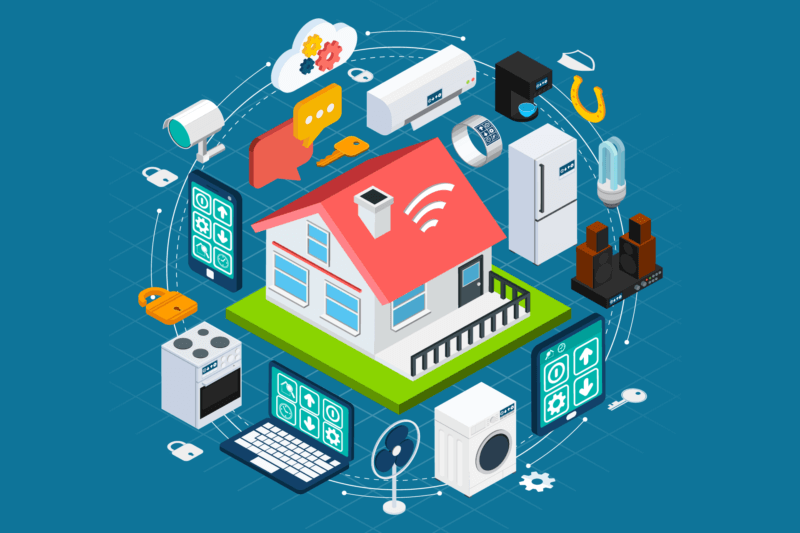Internet of Things for the Home
By Chris Bastian
SVP, Engineering/CTO
SCTE-ISBE
The growing network of sensors and data analytics that is called the “Internet of Things” is widely recognized as one of the major technology trends of this decade. A Gartner report estimates that there will be more than 20 billion IoT sensors by 2020. At the recent SCTE-ISBE Cable Tec Expo 2017, in Denver, nine papers addressed various aspects of IoT services, including deployment and operations.
IoT papers can be downloaded here.
With the Internet of Things opening up entirely new service opportunities that can differentiate multiple system operators (MSOs) from their competition, the challenge will be to smoothly install, operate, and integrate these new services with the operator’s existing service bundle. Wireline operators have a well-established presence in the home including cable modems, home gateways, set-top boxes, WiFi extenders, and home security hubs; however, the evolution to new services—such as connected healthcare, and smart homes—will require increased care to ensure the highest network performance while preventing security breaches.

Source: MarTech Today
As operators are lab testing and field trialing emerging home-based IoT services, the march to operationalizing must include:
- Standardizing interfaces
- Standards shorten the time to market for innovative services and products and expedite their adoption and The Open Connectivity Foundation (OCF) has been a driving force in standardizing IoT interfaces; however, many other organizations occupy the IoT standards space.
- Training the workforce to install and operate a network of home-based IoT sensors
- Current competencies for MSO technicians include installing and maintaining DOCSIS® gateways and Wi-Fi access points. Additional education will be necessary to support a multitude of IoT sensors, each with its own connectivity requirements.
- Developing a data analytics department to be able to trend and optimize IoT service performance
- The field of data analytics is exploding, and not just around the Internet of Things. Service providers are hiring data scientists who collect service metrics, identify which metrics correlate to improved service performance, and create actionable network operations reports, all to ensure the highest quality of customer experience.
- Honing a security level of assurance that ensures bad actors are not breaching these new services
- Developing IoT security practices must be top of mind, as many low-power/small-memory IoT devices, with their diminished security profile, will be tempting targets for exploitation. It is also important to consider that the sensor itself may not be the target of the exploit but a convenient jumping-off point to attack something else.
The emerging IoT opportunity is to provide service for multiple home service verticals. Comcast and Cox currently offer home security services, and Altice recently announced plans to use Nest smart home products, such as thermostats, smoke detectors, and cameras, in conjunction with its existing service bundle. IoT sensors will provide connectivity for every conceivable object in the home, from appliances to clothing to even disposables like food and paper. When you think about all of the innovation happening in the IoT space, it promises to be a very rewarding opportunity. With IoT sensors embedded in so many devices, ideas for service development abound.
If you want to be involved in the development of IoT standards and operational practices, check out the ANSI-accredited SCTE-ISBE Standards Program and its IoT Working Group.